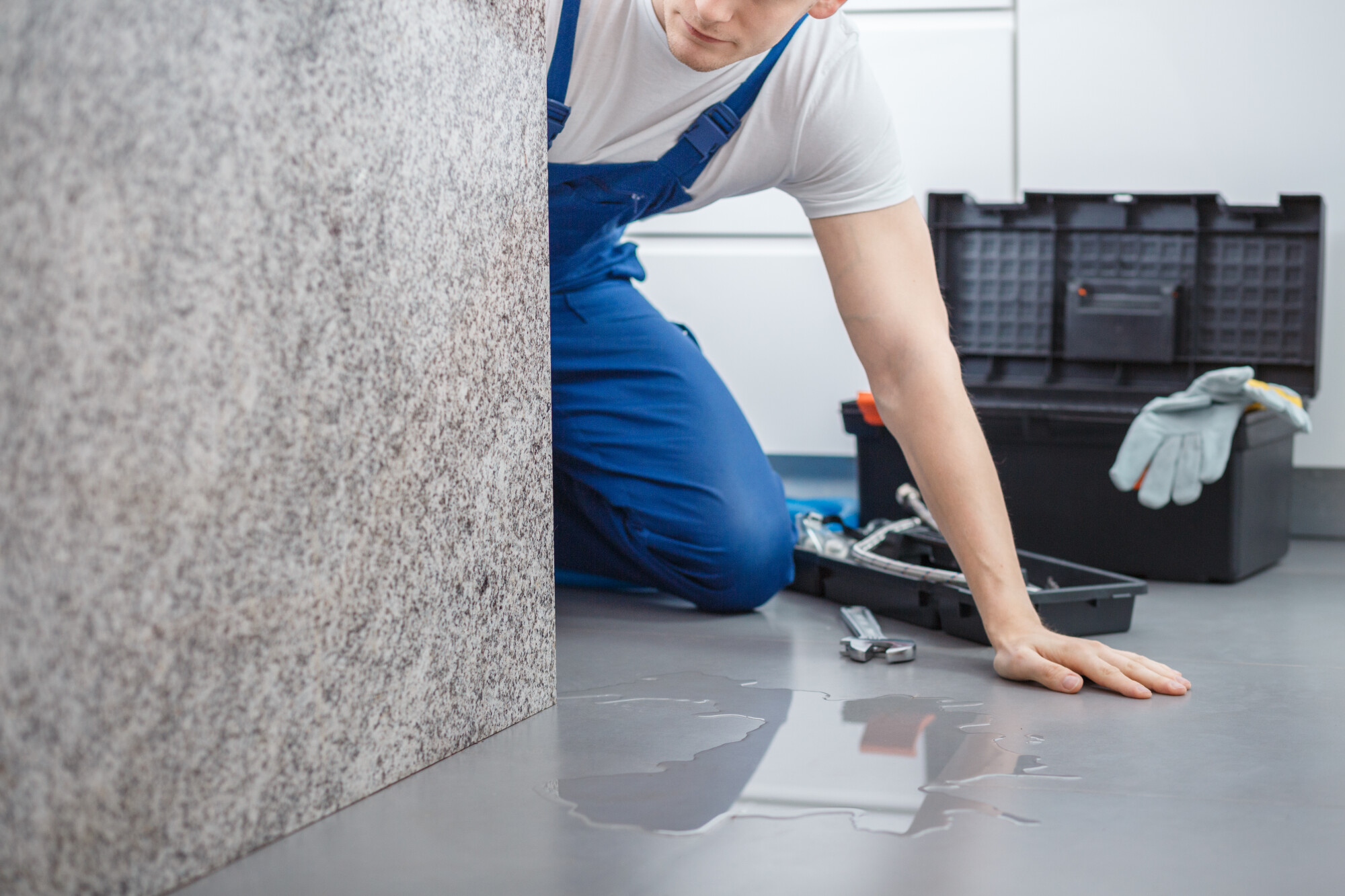Of the 911,000 single-family homes built in 2020, 538,000 of them have forced-air furnaces installed.
Furnaces and heat pumps are the two main sources of home heating these days. While heat pumps are a growing trend in new homes, most homes are still using furnaces because they work and are relatively efficient compared with older home heating methods.
Things can still go wrong, however. One of the most common issues for Dickson, TN, homeowners is that their furnace is leaking water. In today’s post, we’ll take a look at why your furnace might be leaking water and what you can do about it.
Furnaces are delicate systems with a lot of moving parts. Read on, and you’ll be able to better figure out why the leak is there and how AC companies can help you fix it.
Condensation
Your standard, conventional furnace doesn’t produce any water. When you get a high-efficiency furnace, however, there’s a second heat exchanger that results in the creation of water vapor. These high-efficiency units are known as condensing furnaces.
The most common cause of water leaks is when condensation being forced through the lines trickles down and pools on the ground. Your condensate line is supposed to draw this water outside of your home, so any leaks are the result of a clog or leak in the line.
Clearing out the condensate line should always be your first attempt at fixing the leak. Do this by pouring an equal mixture of hot water and vinegar through the line to break down and flush out the clog. If there’s a leak in the line, you should be able to spot and patch it with relative ease.
Condensate Pump Issues
If the line is clear and you’re still experiencing water leaks, it could be a problem with the pump pushing the condensation through the line. A condensate pump will function well for 3-5 years, but eventually, it’ll start to lose steam, and you’ll need to replace it during an AC and heating tune-up.
Beyond the 3-5 years, you might notice sluggish behavior that backs up the condensate line, leading to water leaks. Check to make sure the pump is actually on before trying any type of troubleshooting.
A common condensate pump issue has to do with the float switch in the condensate tank. There’s a float inside the tank that rises as the water level rises.
Once it hits a certain height, it engages and tells the pump to turn on and pump the water through the condensate line. Organic matter can sometimes grow on the float, weighing it down and interrupting communication between the float and the switch. You’ll need to clean the float or replace it.
Blocked Pipes and Vents
In addition to a blocked condensate line, there are various other types of blockages that could occur and lead to leaks. Some furnaces have air ducts that lead from the furnace to the outside. If this or the vent pipe becomes clogged with dust and debris, you could end up with overheating and water leaks.
You can also inspect the pipe that runs from your furnace into the upper floors of your home. Condensation tends to build up around these pipes in the winter months, but there could also be a crack in the pipe that could leak water around the furnace.
Air Filter is Clogged or Dirty
Not only is the air filter essential to your indoor air quality, as it filters out allergens and bacteria, but it’s also important for your furnace’s longevity. Depending on the size of your furnace filter, you may need to change it as much as once every 30-90 days.
If you fail to change your filter, it’ll become clogged, and your furnace will have to work much harder to heat your home. Among other things, this can result in more condensation and leaking around the unit.
Long-term, making your furnace work harder will cause major damage, and small leaks will be the least of your problems. If you’ve got a damaged furnace, search for “heating and AC repair near me” to get your unit inspected and repaired by a professional.
Furnace/AC Pan is Leaking
The furnace pan sits around the unit to collect condensation that comes off of the evaporator coil. As it fills up, the condensate pump and line are engaged to push the water outside of your home.
There are a number of ways that the pan can become damaged. Most of the time, it happens to metal pans that become rusty and develop holes. Nowadays, these condensate pans are made of plastic to prevent these issues.
If you notice a hole in the furnace pan, you’ll need to get a free furnace estimate for furnace repair.
Heat Exchanger Malfunctioning
The secondary heat exchanger is an important component of an energy-efficient furnace. As mentioned above, water vapor forms when the secondary heat exchanger is in use, but this component can become clogged and lead to further leaking.
Heat exchangers can become plugged when the coating around the unit peels away from the metal. If your furnace isn’t burning gas fully, you could also end up with more soot in the heat exchanger.
When clogged, the heat exchanger will prevent any condensate from reaching the drain pan. Eventually, it’ll start leaking out of the heat exchanger, which can cause several issues for your furnace.
A malfunctioning heat exchanger won’t always result in leaks right away. If you notice dirty water in the drain pan or offputting odors coming from your furnace, it could be a clear sign that you need to replace your heat exchanger.
If Your Furnace is Leaking Water, Get Help
If you notice that your furnace is leaking water, it could be the result of any of these common issues. Some issues, like dirty filters or clogged condensate lines, can be fixed easily by yourself. Most of the time, however, it’s best to seek out AC companies to help.
For the best heating and cooling maintenance in Dickson, TN, contact us at Tidwell & Sons HVAC. We can inspect your furnace leaks and get you a heating and AC repair estimate for free to deal with your problem affordably and efficiently.


